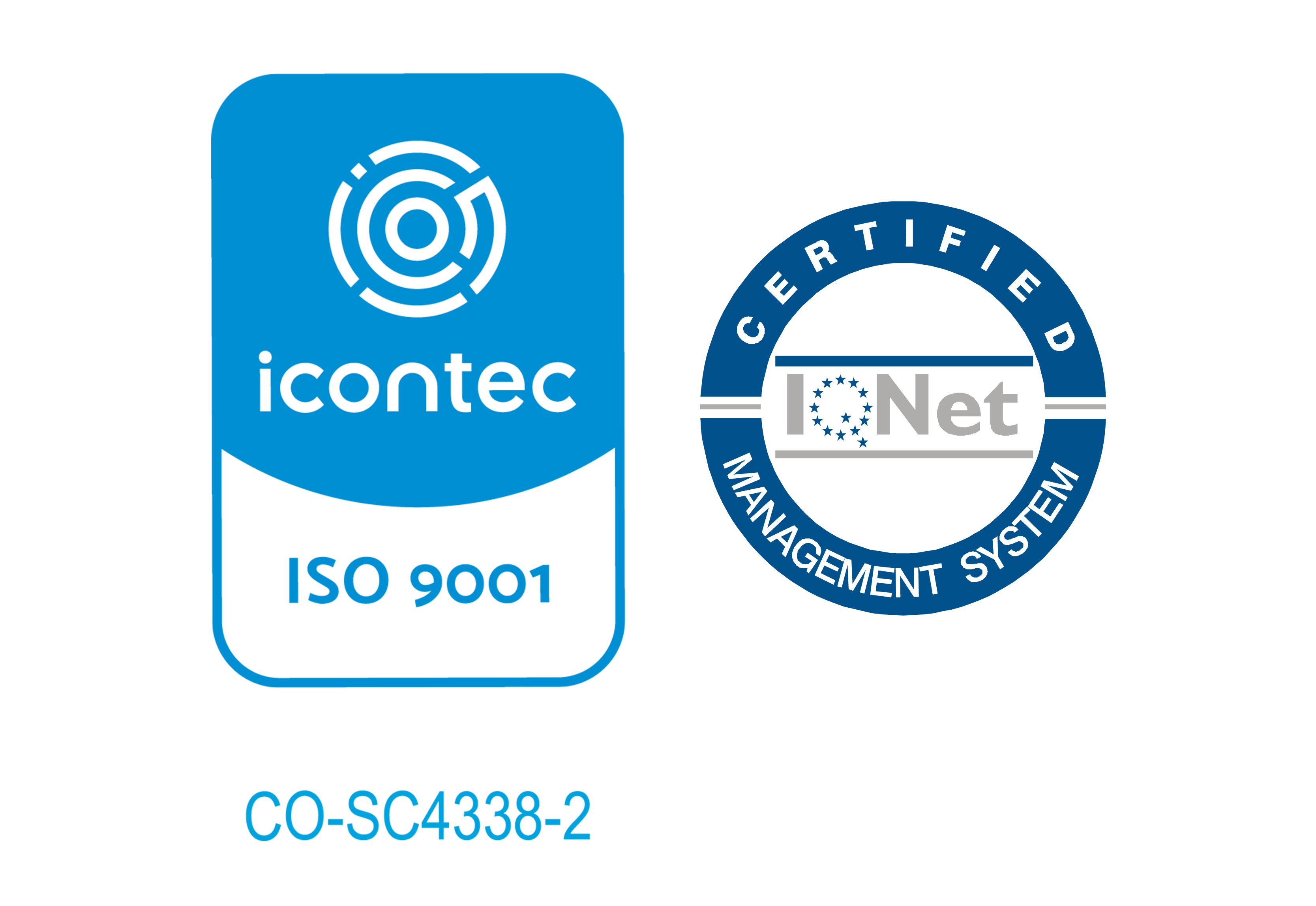| 000 -ENCABEZADO |
|---|
| Número de control [NR] |
06974cam a2200421 a 4500 |
| 001 - NÚMERO DE CONTROL |
|---|
| control field |
ocn776533536 |
| 003 - IDENTIFICADOR DE CONTROL NÚMERO |
|---|
| control field |
Co-BoUCM |
| 005 - FECHA Y HORA DE LA ÚLTIMA TRANSACCIÓN |
|---|
| control field |
20161128082859.0 |
| 008 - DE LONGITUD FIJA DE DATOS DE ELEMENTOS - INFORMACIÓN GENERAL |
|---|
| Elementos de longitud fija [NR] |
161117s2013 xxuab frb 001 0 eng d |
| 010 ## - NUMERO DE CONTROL DE LA BIBLIOTECA DEL CONGRESO (LC) [NR] |
|---|
| Número de control LC [NR] |
2012028466 |
| 020 ## - NUMERO INTERNACIONAL NORMALIZADO PARA LIBROS [R] |
|---|
| Número Internacional Normalizado del libro [NR] |
9780415622615 |
| 020 ## - NUMERO INTERNACIONAL NORMALIZADO PARA LIBROS [R] |
|---|
| ISBN Cancelado/ Invalidado [R] |
0415622611 |
| 020 ## - NUMERO INTERNACIONAL NORMALIZADO PARA LIBROS [R] |
|---|
| Número Internacional Normalizado del libro [NR] |
9780415622622 (3a.Ed.) |
| 020 ## - NUMERO INTERNACIONAL NORMALIZADO PARA LIBROS [R] |
|---|
| ISBN Cancelado/ Invalidado [R] |
041562262X |
| 020 ## - NUMERO INTERNACIONAL NORMALIZADO PARA LIBROS [R] |
|---|
| Número Internacional Normalizado del libro [NR] |
9780203105917 |
| 020 ## - NUMERO INTERNACIONAL NORMALIZADO PARA LIBROS [R] |
|---|
| ISBN Cancelado/ Invalidado [R] |
0203105915 |
| 035 ## - NUMERO DE CONTROL DEL SISTEMA [R] |
|---|
| Número de control del sistema [NR] |
(OCoLC)776533536 |
| Numero Cancelado/no válido [R] |
(OCoLC)812070198 |
| 040 ## - FUENTE DE CATALOGACION [NR] |
|---|
| Agencia de catalogación original [NR] |
Co-BoUCM |
| Idioma de catalogación [NR] |
spa |
| Quien Cataloga |
Saul Niño |
| Quien Clasifica |
Saul Niño |
| 041 0# - CODIGO DE IDIOMA [R] |
|---|
| Código de idioma para texto/pista de sonido o título separado [R] |
Inglés |
| 082 04 - NUMERO DE CLASIFICACION DECIMAL DEWEY [R] |
|---|
| Número de la edición [NR] |
20 |
| Número de clasificación [R] |
359.03 |
| 100 1# - ASIENTO PRINCIPAL--NOMBRE PERSONAL [NR] |
|---|
| Nombre personal [NR] |
Till, Geoffrey |
| ID Autoridad |
81939 |
| 245 10 - MENCION DE TITULO [NR] |
|---|
| Título [NR] |
Seapower |
| Parte restante del título [NR] |
a guide for the twenty-first century |
| Mención de responsabilidad, etc. [NR] |
Geoffrey Till |
| 250 ## - MENCION DE EDICION [NR] |
|---|
| Mención de edición [NR] |
Tercera edición |
| 260 ## - PUBLICACION, DISTRIBUCION, ETC. (PIE DE IMPRENTA) [R] |
|---|
| Lugar de publicación, distribución, etc. [R] |
Londres (Inglaterra) |
| -- |
New York (Estados Unidos) |
| Nombre del editor, distribuidor, etc. [R] |
Routledge |
| Fecha de publicación, distribución, etc. [R] |
2013 |
| 300 ## - DESCRIPCION FISICA [R] |
|---|
| Extensión [R] |
xvii, 412 páginas |
| Otros detalles físicos [NR] |
ilustraciones, mapas |
| 490 0# - MENCION DE SERIE [R] |
|---|
| Mención de serie [R] |
Cass series: naval policy and history |
| Designación numérica/secuencial del volumen [NR] |
51 |
| 504 ## - NOTA DE BIBLIOGRAFIA, ETC. [R] |
|---|
| Nota de bibliografía, etc. [NR] |
Incluye referencias bibliográficas |
| 505 0# - NOTA DE CONTENIDO CON FORMATO PREESTABLECIDO [R] |
|---|
| Nota de contenido con formato preestablecido [NR] |
1.1. Introduction: the maritime case -- 1.2. Explaining success: the four attributes of the sea -- 1.3. Defining seapower -- 2.1. Introduction: seapower and globalisation -- 2.2. The modern navy -- 2.3. The post-modern navy -- 2.4. Enablers and choices -- 2.5. Modern/post-modern compromises -- 3.1. The value of theory in maritime operations -- 3.2. On types of theory -- 3.3. The early development of theory -- 3.4. Mahan and the bluewater tendency -- 3.5. Corbett and the maritime tradition -- 3.6. Alternative visions in maritime strategy -- 3.7. Operational art and modern maritime theory -- 3.8. Present and future challenges -- 4.1. Introduction -- 4.2. Identifying the constituents of seapower -- 4.3. Maritime people, society and government -- 4.4. Maritime geography -- 4.5. Resources -- 4.6.A maritime economy -- 4.7. Seapower by other means -- 4.8. Understanding -- 5.1. Introduction -- 5.2. Classifying navies -- 5.3. Estimating relative effectiveness -- 5.4. Navies and technology: an introduction -- 5.5. Platforms -- 5.6. Systems, weapons and sensors -- 5.7. An information revolution? -- 5.8. The challenge of transformational technology -- 5.9.A strategy for innovation -- 5.10. Navies and technology: summary and conclusions -- 6.1. Evolution of a traditional concept -- 6.2. Limits and qualifications -- 6.3. Pursuing command in moderation -- 6.4.Command of the sea yields to sea control -- 6.5. Sea denial -- 6.6. Contemporary angles -- 7.1. Securing command of the sea: the operational approach -- 7.2. Decisive battle -- 7.3. Forms and styles of decisive battle -- 7.4. How to achieve a decisive victory -- 7.5. Contemporary forms and concepts of battle -- 7.6. Operational alternatives to battle -- 7.7. The fleet-in-being approach -- 7.8. The fleet blockade -- 8.1. Maritime power projection: definitions -- 8.2. Maritime power projection: aims -- 8.3. Amphibious operations -- 8.4. Operational manoeuvre from the sea -- 8.5. Sea-based strategic missile attack of the shore -- 8.6. Defence against maritime power projection -- 9.1. The attack of maritime communications -- 9.2. The defence of maritime communications -- 9.3. Contemporary relevance? -- 10.1. Coverage of naval diplomacy in the literature: who said what? -- 10.2. The diplomatic value of naval power -- 10.3. The range and extent of naval diplomacy -- 10.4. Naval presence -- 10.5. Naval picture building -- 10.6. Naval coercion -- 10.7. Collaborative naval diplomacy and coalition building -- 10.8. Naval diplomacy: implications for strategy makers -- 11.1. Origins and background -- 11.2. Definitions -- 11.3. Expeditionary operations: the political dimension -- 11.4. Expeditionary operations: the urban dimension -- 11.5. Expeditionary operations: the maritime dimension -- 11.6. Staging a sea-based expedition: the maritime requirements -- 11.7. Conclusion -- 11.8. HADR: a humanitarian postscript -- 12.1. Introduction: a renaming of pants? -- 12.2. Good order at sea and maritime security -- 12.3. Navies and coastguards in defence of the sea as a stock resource -- 12.4. Navies and coastguards in defence of the sea as a means of transportation allow resource -- 12.5. Navies and coastguards in the defence of the sea as an environment -- 12.6. Navies and coastguards, and the defence of the sea as an area of sovereignty and dominion -- 12.7. Good order at sea: general requirements -- 12.8. Good order at sea: implications for navies -- 13.1. The South China Sea as a stock resource -- 13.2. The South China Sea as allow resource -- 13.3. The South China Sea as a physical environment -- 13.4. The South China Sea: the need for good order -- 13.5. The South China Sea as an area of sovereignty -- 13.6. The South China Sea as a medium for dominion -- 13.7. So what? -- 14.1.Competitive and collaborative trends in naval development are all-important but impossible to predict -- 14.2. The relative importance of the sea and seapower will tend to rise in the twenty-first century -- 14.3. Shifting attitudes to the global commons -- 14.4. Debating the littorals -- 14.5. The range and diversity of naval tasks are likely to increase -- 14.6. There are no easy answers. |
| 520 ## - NOTA DE RESUMEN, ETC. [R] |
|---|
| Nota de sumario, etc. [NR] |
The rise of the Chinese and other Asian navies, worsening quarrels over maritime jurisdiction and the United Statesʹ maritime pivot towards the Asia-Pacific region reminds us that the sea has always been central to human development as a source of resources, and as a means of transportation, information-exchange and strategic dominion. It has provided the basis for mankind's prosperity and security, and this is even more true in the early 21st century, with the emergence of an increasingly globalized world trading system. Navies have always provided a way of policing, and sometimes exploiting, the system. In contemporary conditions, navies, and other forms of maritime power, are having to adapt, in order to exert the maximum power ashore in the company of others and to expand the range of their interests, activities and responsibilities. While these new tasks are developing fast, traditional ones still predominate. Deterrence remains the first duty of todayʹs navies, backed up by the need to "fight and win" if necessary. How navies and their states balance these two imperatives will tell us a great deal about our future in this increasingly maritime century. This book investigates the consequences of all this for the developing nature, composition and functions of all the world's significant navies, and provides a guide for anyone interested in the changing and crucial role of seapower in the 21st century. -- Publisher description. |
| 546 ## - NOTA DE IDIOMA [R] |
|---|
| Nota de idioma [NR] |
Texto en inglés |
| 650 #7 - ASIENTO SECUNDARIO DE MATERIA - TERMINO TEMATICO [R] |
|---|
| Término temático o nombre geográfico como elemento de entrada [NR] |
Poderío naval |
| 9 (RLIN) |
21770 |
| 650 #7 - ASIENTO SECUNDARIO DE MATERIA - TERMINO TEMATICO [R] |
|---|
| Término temático o nombre geográfico como elemento de entrada [NR] |
Estrategia naval |
| 9 (RLIN) |
15113 |
| 650 #7 - ASIENTO SECUNDARIO DE MATERIA - TERMINO TEMATICO [R] |
|---|
| Término temático o nombre geográfico como elemento de entrada [NR] |
Ciencia naval |
| Subdivisión general [R] |
Aspectos económicos |
| 9 (RLIN) |
10778 |
| 650 #7 - ASIENTO SECUNDARIO DE MATERIA - TERMINO TEMATICO [R] |
|---|
| Término temático o nombre geográfico como elemento de entrada [NR] |
Marina de guerra |
| 9 (RLIN) |
18994 |
| 650 #7 - ASIENTO SECUNDARIO DE MATERIA - TERMINO TEMATICO [R] |
|---|
| Término temático o nombre geográfico como elemento de entrada [NR] |
Seguridad internacional |
| 9 (RLIN) |
24104 |
| 690 #0 - ASUNTO AGREGADO LOCAL DE ENTRADA - TÉRMINO TEMÁTICO (OCLC, RLIN) |
|---|
| Acceso temático local |
Ciencia militar |
| 9 (RLIN) |
10776 |
| 942 ## - ELEMENTOS DE ENTRADA AGREGADOS (KOHA) |
|---|
| Sistema de clasificación |
|
| Tema principal |
Ciencia política |
| Tipo de ítem principal el descrito en 300a |
Libro |
| Edición |
1 |
| Clasificación |
359.03 |
| Parte restante de la signatura top. |
T574se |

Escuela de administración
Facultad de Jurisprudencia
Facultad de Ciencias
Escuela de Ciencias
Escuela de Medicina
Facultad de Economía
Facultad de Estudios
Facultad de Creación
Escuela de Ingeniería,
Otras Ofertas
 Historia y símbolos
Historia y símbolos
 Enfoque estratégico
Enfoque estratégico
 Gobierno universitario
Gobierno universitario
 Playbok - Nuestros pilares de transformación
Playbok - Nuestros pilares de transformación
 Protocolo de seguridad
Protocolo de seguridad
 Archivo histórico
Archivo histórico
 Portafolio de becas, descuentos y apoyo financiero
Portafolio de becas, descuentos y apoyo financiero
 Casa UR
Casa UR






 Proyección social
Proyección social Filantropía
Filantropía Hagámoslo posible
Hagámoslo posible








